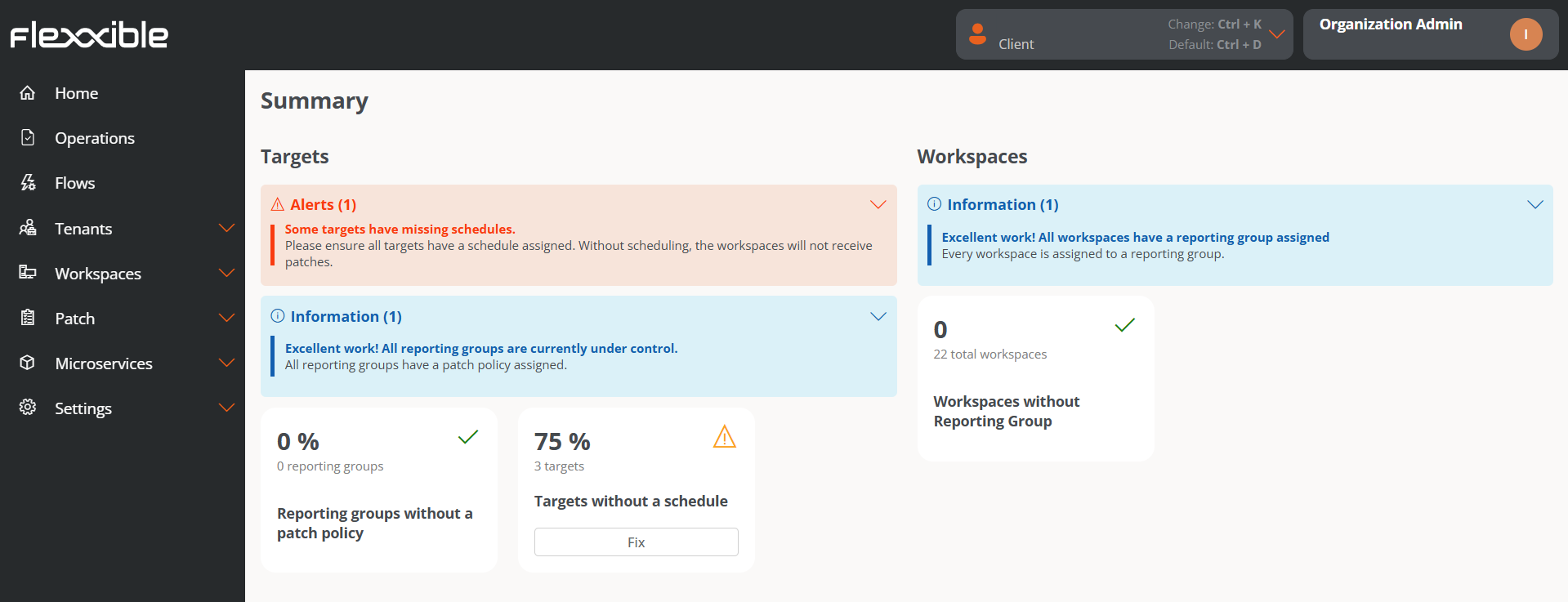Patch
Through Updates, a user will be able to manage how, which, and when updates will be applied to the devices of the organization's report groups.

Features
- They are essential to keep systems updated and secure because they significantly reduce the chance of a cyberattack.
- They solve known vulnerabilities, which minimizes the risk of security breaches that could compromise sensitive data and technological integrity.
- They ensure the stability and optimal performance of operating systems and applications.
- They fix errors, resulting in a smoother and more productive work environment. This translates to fewer interruptions and an overall increase in organizational efficiency.
- Many regulations require organizations to keep their systems updated to protect against threats; in this sense, patch management facilitates regulatory compliance and contributes to business continuity.
- Allows scheduling time windows for performing update processes.
- It is available for devices with Windows operating systems. Includes Windows 10, Windows 11, Office 365, Office 2019, Microsoft Edge, Microsoft Defender, Drivers, etc. Does not include patching Windows server roles.
- Allows managing updates of Microsoft components. Optionally allows selecting which ones to install on the device.
- The functionality is aimed at environments where there is no prior patch management system.
- Allows auditing update processes to manage exceptions and errors.
Activating patch functionality in an environment that already has an update system running could create conflicts or unexpected behaviors. It is recommended to maintain a single active patch system.
FlexxAgent behavior in patch management
FlexxAgent is responsible for executing the update process and validating which patches to install and which not to, according to the policy set by the user in Portal. If FlexxAgent does not detect any directive for applying updates, it will execute the patches as they become available, according to the device's own settings.
If a user decides to deny the installation of a patch, but FlexxAgent finds that update on the device, in the next update process FlexxAgent will try to uninstall it, although it should be noted that there are patches that the operating system does not allow to uninstall due to their nature.
If the device has a system proxy, it must allow communication with Windows Updates.